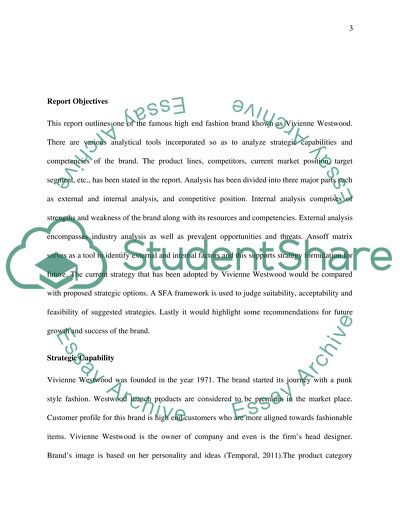Cite this document
(“Marketing Analysis on Vivienne Westwood Assignment”, n.d.)
Marketing Analysis on Vivienne Westwood Assignment. Retrieved from https://studentshare.org/marketing/1654601-marketing-analysis-on-vivienne-westwood
Marketing Analysis on Vivienne Westwood Assignment. Retrieved from https://studentshare.org/marketing/1654601-marketing-analysis-on-vivienne-westwood
(Marketing Analysis on Vivienne Westwood Assignment)
Marketing Analysis on Vivienne Westwood Assignment. https://studentshare.org/marketing/1654601-marketing-analysis-on-vivienne-westwood.
Marketing Analysis on Vivienne Westwood Assignment. https://studentshare.org/marketing/1654601-marketing-analysis-on-vivienne-westwood.
“Marketing Analysis on Vivienne Westwood Assignment”, n.d. https://studentshare.org/marketing/1654601-marketing-analysis-on-vivienne-westwood.


